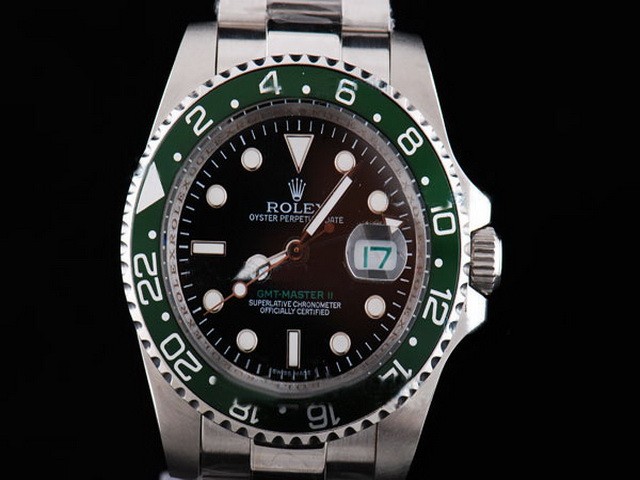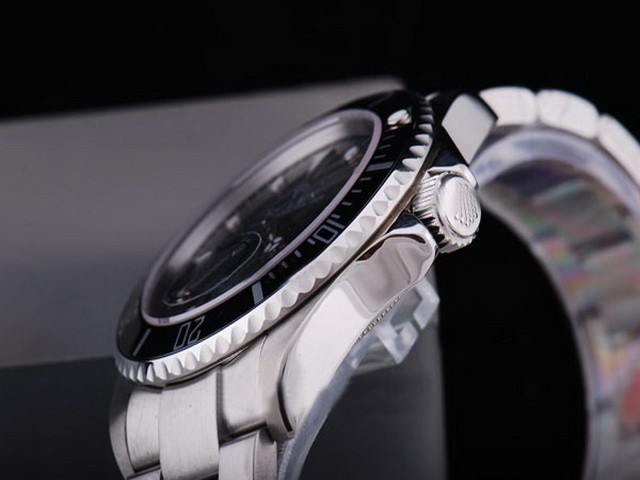Many times, the most important and reliable things in life are not the most exciting or discussed. Many of these items are so perfect at performing their basic tasks that their designs have hardly changed over the years, and they have rarely been the subject of heated discussion among collectors and enthusiasts. 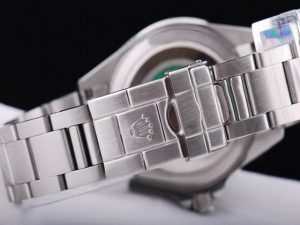
For Rolex, no watch in their collection captures that spirit better than the Datejust. While some of Rolex’s most famous watch collections are characterized by constant evolution and radical design improvements, Rolex’s evolutionary history is consistent with Datejust, and this replica watch is the mainstay of Rolex’s catalog introduction since the first three-quarters of nearly a century.
In 1945, Rolex made its debut to mark the company’s 40th anniversary. At the time, the Rolex Datejust was the world’s first self-winding watch with a date window that switched automatically at midnight. While this feature may seem trivial now, it was Datejust that first introduced it and forever set the standard for complicated dates on a watch. 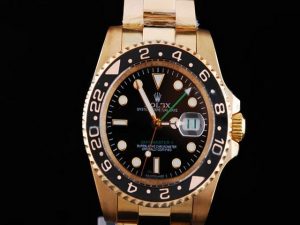
The Rolex Datejust replica has remained in continuous production since its initial introduction, and it has appeared with a wide choice of different case sizes, metal options, dials, bezels, and bracelets. While the Datejust continues to evolve as Rolex continues to improve and refine its design, the modern Datejust watch is very similar to the watch that Rolex first introduced to the public nearly 25 years ago.
For further information on the evolutionary history of Rolex Datejust, check out our fake Rolex Datejust history page and be sure to see the attached video, where to go the entire history of Rolex Datejust, released in 1945, through the arrival of its recent update.
Underestimated Luxury Watches: The Rolex Turn-O-Graph
In this version of our range check the underestimate watch, let’s take a look at the Turn-O-Graph. It has long been overshadowed by more representative stable partners, but in recent years (paradoxically) it has gained a certain reputation precisely because it has long been at a disadvantage in the Rolex replica lineup. Collectors with drawers full of familiar crown watches eventually turned their attention to lower-key, anonymous products and snapped up a marginalized watch from what is arguably the world’s best-selling and most popular luxury watchmaker with a genuinely novel value that sets them apart.
Introduced in 1953, The Turn-O-Graph was the first Rolex watch with a rotating ring. In fact, the concept had been around for decades, with the original patent granted to Philip Van Horn Weems, an American naval officer, and inventor, in 1929. Since the mid-1930s, the concept has been effectively applied to the replica watches of many pilots. Rolex itself created a prototype with this feature in 1937, called Xerography, which is the brand’s only ever counter chronograph.
Turn-O-Graph has always been a useful component for a variety of applications, with its novel bezels relegated almost immediately to second-tier status because of (another irony) poor scheduling. During Rolex’s true golden age, it was bad luck that also saw some legendary names such as submarine, GMT-Master, explorer, and date.
While it may have beaten out the first two ideas of spinning around, both the dive watch and the traveler’s watch have a distinct identity, which is missing from Turn-O-Graph. Even more unfair is that the first model is almost identical to the submariner in appearance. 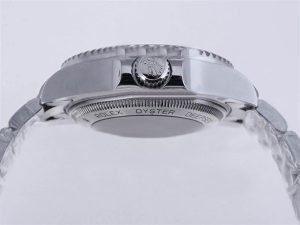
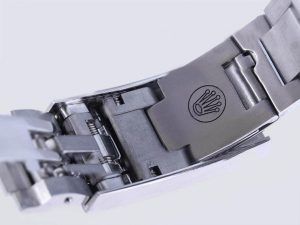
As a tool watch, its performance was surpassed by Sub and the GMT, and it was not as elaborate or sophisticated as the President.
The ref. 6202’s contest ended in late 1954 with only about 1000 pieces. They include a small number of honeycomb dials, as well as steel and gold dials, making them the brand’s first Rolesor sport replica watch. Its replacement, ref. 6309, marks a complete departure from the Submariner -style book that became part of the Datejust family.
Internally, the first Cal. 743 was replaced with the Cal. A260 to drive these features. Interestingly, however, there is no name for Turn-O-Graph. That said, the bezels- now a new type of decorative painting known as “engine turn” – can still be rotated and marked every 5 and 10 minutes, instead of every minute as before.
In the era before digital timing, the turn-o-graph innovative spin loop was the easiest and fastest way to measure elapsed time, so it was expected that it would eventually be used in military applications. Soon after, a ref. 6309 found itself on the wrist of a pilot from the USAF Air Demonstration Squadron, nicknamed Thunderbirds. Because minute and second timing were crucial to the world’s first supersonic aerobatic team, the Turn-O-Graph was quickly adopted by the unit and became their official timing tool.

